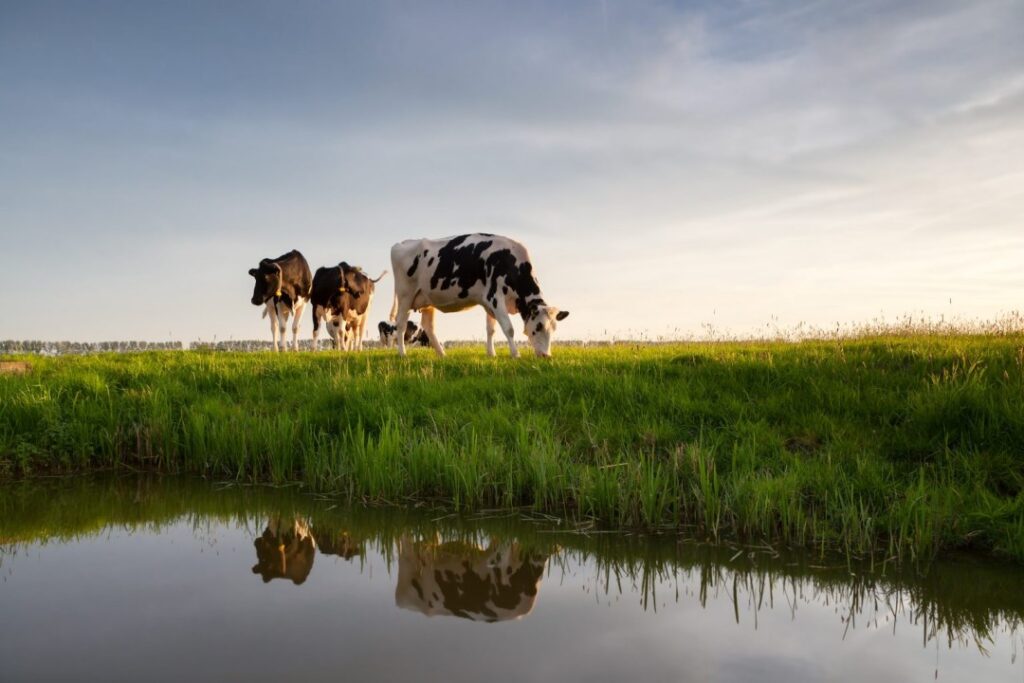
Water is a vital resource for livestock farming, particularly in a country like India, where agriculture and animal husbandry are deeply intertwined with cultural and economic practices. As climate variability becomes more pronounced, effective water storage solutions have become essential for ensuring a steady supply of water for livestock. This article explores key considerations for water storage on livestock farms in India. In livestock farming, water is crucial not only for the health and well-being of animals but also for operational efficiency. Livestock requires water for drinking, feeding (especially in the case of concentrate feeds), and maintaining hygiene. Insufficient water supply can lead to stress, decreased productivity, and even mortality in severe cases. Therefore, effective water storage systems are imperative to safeguard livestock health and optimize farm productivity.
Assessing Water Requirements
Before establishing a water storage system, farmers must assess the water needs of their livestock. The amount of water required varies by species, age, and environmental conditions. For instance, cattle typically require 30-50 liters per day, while goats may need around 10-20 liters. Additionally, factors such as lactation in dairy animals or increased temperatures can elevate water demands. A thorough understanding of these requirements helps in designing a storage system that can meet the farm’s needs year-round.
Types of Water Storage Systems
1. Surface Water Storage
Surface water storage involves capturing rainwater in tanks or ponds. This method is particularly beneficial in regions with sufficient rainfall. Farmers can construct earthen ponds or use reinforced concrete tanks to store water. Rainwater harvesting systems can be integrated into existing farm structures, allowing for the collection of runoff from roofs and other surfaces.
2. Subsurface Water Storage
Subsurface storage systems, such as aquifers, offer a way to store water underground. This method is less susceptible to evaporation and contamination, making it an attractive option in arid regions. Recharge wells can be employed to replenish aquifers, ensuring a sustainable water source for livestock.
3. Rainwater Harvesting
Implementing rainwater harvesting systems is becoming increasingly popular among livestock farmers. By collecting and storing rainwater, farmers can create a reliable water supply during dry spells. Simple structures like tanks, cisterns, and barrels can effectively capture and store rainwater for later use.
4. Water Quality Considerations
Water quality is just as important as quantity. Contaminated water can lead to serious health issues in livestock, including diseases and reduced productivity. Farmers should regularly test water sources for contaminants such as bacteria, heavy metals, and chemical residues. Additionally, proper maintenance of storage systems is essential to prevent algae growth and sediment accumulation.
5. Cost-Effectiveness and Sustainability
When selecting a water storage solution, farmers must consider the economic viability of the system. Initial investments in infrastructure should be weighed against long-term benefits, including reduced dependence on external water sources and improved animal health. Sustainable practices, such as using renewable materials for tanks and optimizing water use efficiency, can further enhance the cost-effectiveness of water storage systems.
Climate Resilience
With the increasing unpredictability of weather patterns due to climate change, farms must adopt climate-resilient water storage solutions. This may involve diversifying water sources, investing in advanced storage technologies, or implementing smart management practices that enable better water conservation. By preparing for extreme weather events, farmers can ensure a consistent water supply even during droughts or floods.
Conclusion
Water storage is a critical aspect of livestock farming in India. With proper planning and implementation of suitable storage systems, farmers can secure a reliable water supply that supports animal health and enhances productivity. By considering water needs, quality, cost, and climate resilience, livestock farmers can create effective strategies for managing this essential resource, ultimately contributing to sustainable agricultural practices in India.


